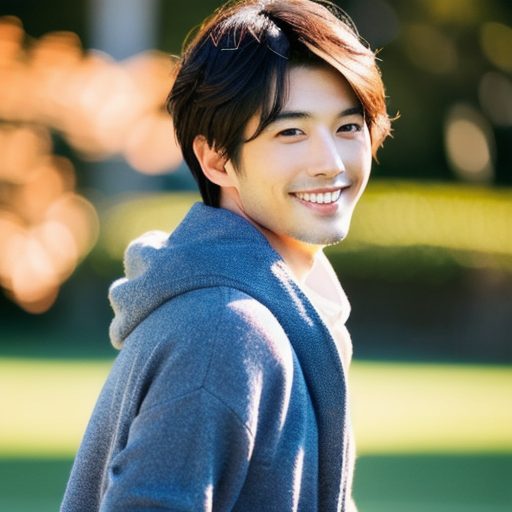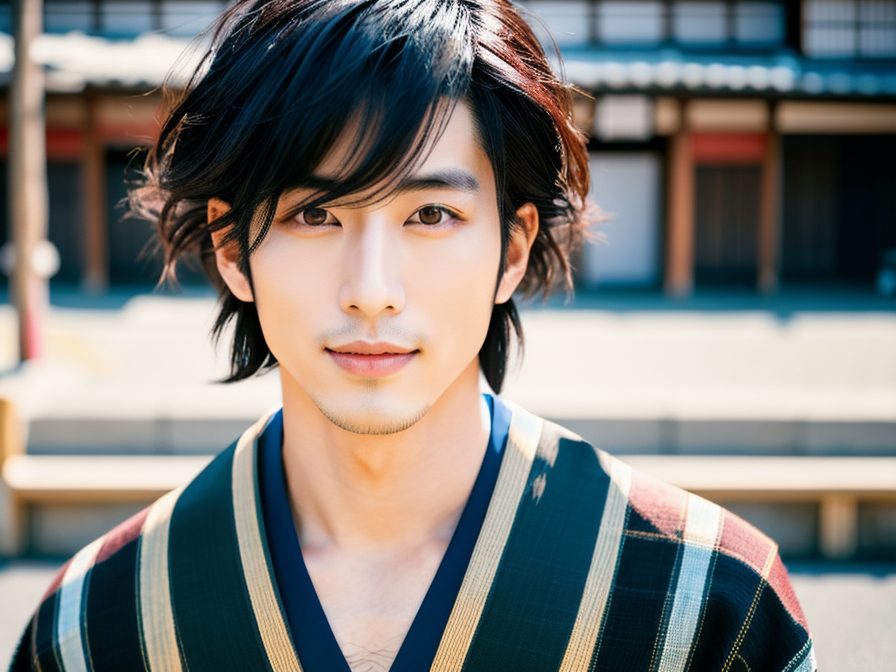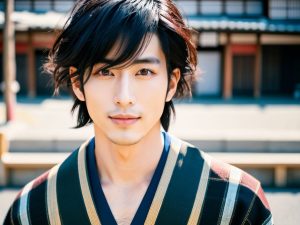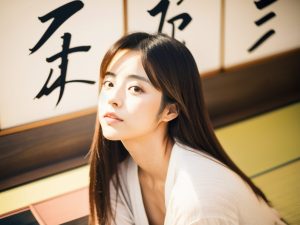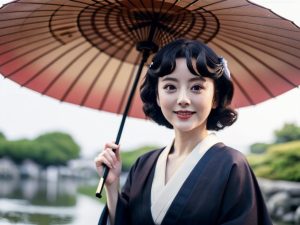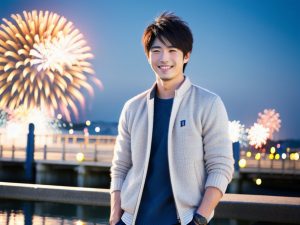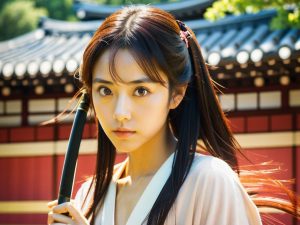Kabuki is renowned for its spectacular costumes, stunning music, and deeply moving storytelling, making it one of the defining forms of traditional Japanese culture. While some may think that Kabuki looks “too sophisticated” or “difficult to understand,” the reality is that it is packed with features that even beginners can thoroughly enjoy!
In this article, we’ll delve into Kabuki’s historical background, must-know tips for first-time theatergoers, fascinating tidbits about its culture, and more to help you feel closer to the world of Kabuki.
A Brief History of Kabuki
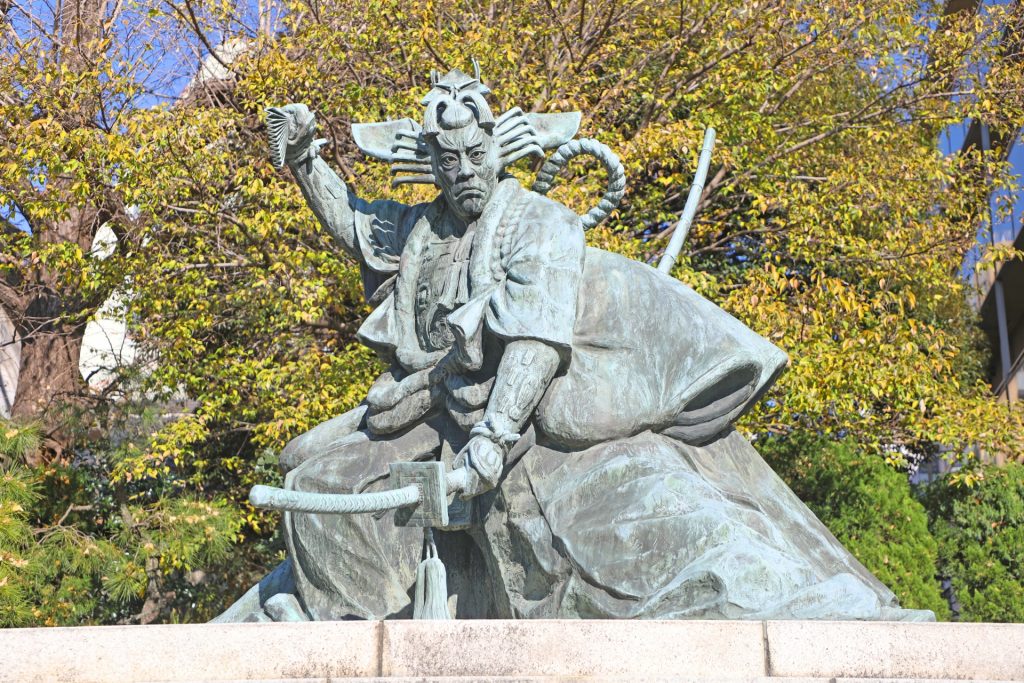
The modern form of Kabuki was established during the Edo period (1603–1868), but its origins and evolution come with many surprising facts and intriguing stories. By learning about its history, you can better appreciate the cultural essence and spirit embedded in today’s Kabuki performances.
The Origins of Kabuki Theater
Kabuki began in 1603 when Izumo no Okuni performed unique and flamboyant dances in Kyoto. Her style, often called “kabuki odori” (kabuki dance), incorporated elements of comedy and societal trends popular at the time. Performed by mixed-gender troupes, this innovative form of entertainment quickly captured the hearts of the common people, making it one of the must-see entertainments of the era.
However, women’s participation in Kabuki was soon banned, giving rise to performances by young boys (known as “wakashu kabuki”). But this, too, faced social backlash, and eventually, Kabuki evolved into “yarō kabuki” (all-male Kabuki), with adult male actors playing every role. This is when the art of “onnagata,” where male actors portray female characters with unmatched elegance and grace, was perfected—a tradition that continues to define Kabuki today.
Kabuki’s Flourishing Popularity During the Edo Period
As Japan entered the Edo period, Kabuki solidified its role as the entertainment of the masses, spreading from Kyoto and Osaka to the bustling streets of Tokyo (then Edo). Kabuki performances evolved to include tales of historical dramas and everyday life, catering to broader audiences.
During this time, permanent Kabuki theaters were established, and the art form became an essential part of daily life. The Edo period also introduced many famous actors who created iconic roles and contributed to the development of legendary plays.
What makes Kabuki especially lively and engaging is how it often reflected society. Whether through humor, romance, or even political satire, Kabuki was a space where the common people could engage with contemporary issues, offering not just escapism but also fresh perspectives on life.

Understanding the Basics of Kabuki: Easy Tips for First-timers
Today’s Kabuki has a clear structure filled with fascinating staging elements and iconic styles that even beginners will find captivating. Once you understand the basics, you’ll unlock a whole new level of appreciation.
Unique Features of Kabuki Stages
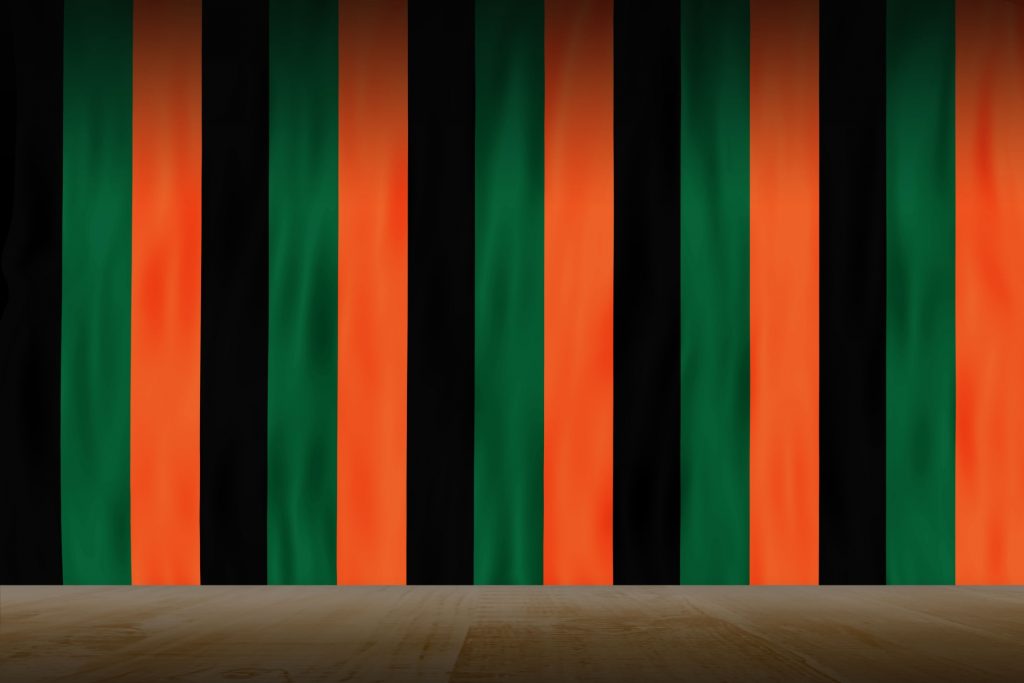
One of the most fascinating aspects of Kabuki is its stage, which includes unique features like the “revolving stage” (mawari-butai) and “trapdoors” (seri). These were revolutionary inventions of the Edo period and remain central to Kabuki theater today.
The revolving stage allows for smooth transitions from one scene to another, offering a dynamic and uninterrupted flow of storytelling. Trapdoors, on the other hand, allow dramatic entrances or exits, heightening the impact of key scenes.
Another iconic element of Kabuki stages is the “hanamichi” (flower pathway), a runway that extends into the audience. It allows actors to interact closely with the audience, creating intimacy and adding extra emotional depth to performances.
Types of Kabuki Plays
Kabuki plays are generally divided into two main categories, each offering unique perspectives and stories:
- Jidaimono (Historical Plays)
These are grand narratives depicting samurai, warlords, or legendary events from Japan’s past. Expect dramatic costumes, elaborate sets, and epic battles. - Sewamono (Domestic Plays)
These tell stories about the daily lives of common people, focusing on themes like romance, family, and human drama. The emotional depth and relatability of these plays make them particularly engaging.
Most Kabuki performances consist of multiple acts or plays throughout the day. If you’re new to the art form or short on time, consider watching “hitomaku-mi” (single-act performances), which offer condensed and beginner-friendly introductions to Kabuki.
The Role of Music in Kabuki
Another essential component of Kabuki performance is its music. “Gidayu” chants, accompanied by shamisen (traditional three-stringed instruments) or drums, provide atmosphere and emphasize the emotions of each scene. The timing of the music perfectly coincides with the actors’ movements and speech, which adds dramatic tension to critical moments.
The dialogues themselves often follow a rhythmic and emotional delivery, almost like poetic recitations, adding another layer of charm to the experience.
Fascinating Kabuki Facts You Might Not Know
Kabuki has many hidden gems and cultural practices you might not immediately notice. Here are a few to enhance your appreciation:
The Importance of Lineage in Kabuki
Most Kabuki actors belong to established families that have passed their stage names and craft down generations. Famous names like Ichikawa, Nakamura, or Matsumoto are synonymous with prestigious roles and legendary performances. Researching the history behind these stage names will add intrigue to your viewing experience.
The Colorful Symbolism in Makeup
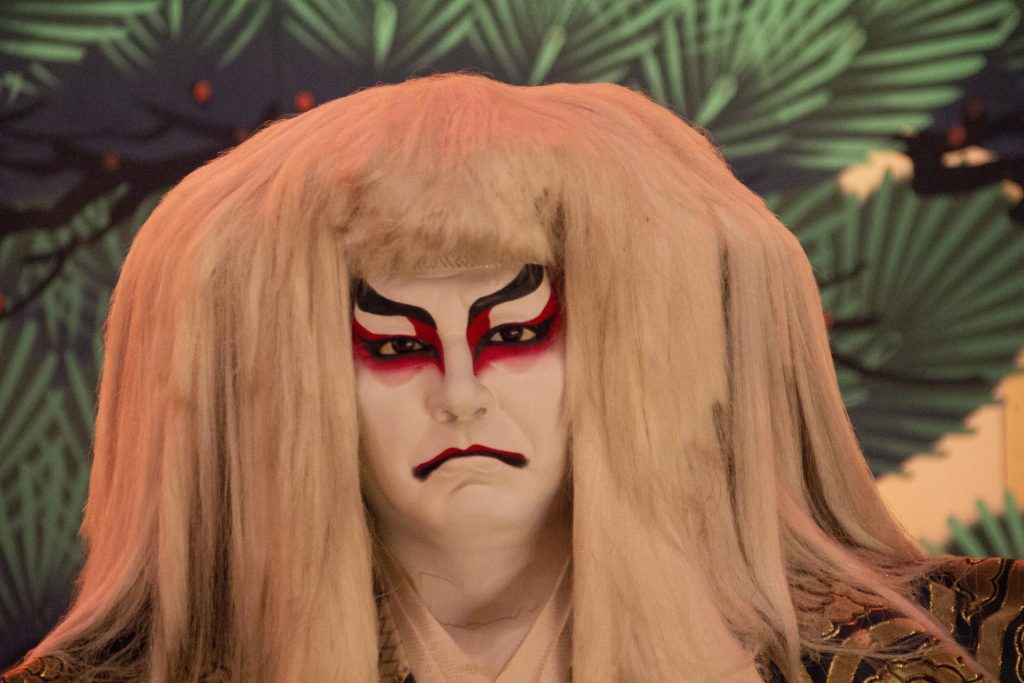
The unique makeup worn by actors, called “kumadori,” reflects the personality and morality of their characters:
- Red: Symbolizes justice, heroism, and virtue.
- Blue: Represents villainy, cruelty, or cold-bloodedness.
- Brown: Suggests a supernatural being, monster, or creature.
Knowing these details can make the visual experience even more captivating as you watch Kabuki’s vivid characters come to life!
Kabuki as a Time Capsule
Many Kabuki plays depict the customs, clothing, and even food of Japan’s historical periods with surprising accuracy. Watching closely reveals fascinating insights into life during the Edo period, making Kabuki not only an entertaining art form but also an educational tool.
Kabuki Theaters and Where to Visit Nearby
Watching Kabuki is an unforgettable experience, and it can be even more memorable when paired with a great meal or a relaxing break nearby. Explore these Tokyo spots near Kabuki theaters to round out your outing:
Recommended Restaurants Around Ginza
Tenkuni Ginza
This long-established tempura restaurant offers lightly battered, golden tempura using seasonal ingredients. With its delicate and refined flavors, this traditional eatery is perfect for pre-theater dining or as a luxurious way to wind down after a show.

Ginza Aun
If you’re looking for an exquisite dining experience, Ginza Aun’s kaiseki (multi-course Japanese meal) is unforgettable. Using only the finest ingredients, each dish is a masterpiece that perfectly complements the elegance of Kabuki. This is the ideal spot to extend your cultural immersion.
Elevate Your Kabuki Experience
To fully appreciate Kabuki, understanding its history and stage structure is key. Once you familiarize yourself with its unique elements—like the “hanamichi” or symbolic “kumadori” makeup—the performances will become even more impressive.
If you’re hesitant, start with shorter performances or make use of the “hitomaku-mi” option. Adding a visit to local restaurants, sweet shops, or cultural landmarks near the theater can take your outing to another level of enjoyment.
Let Kabuki’s vibrant world transport you to a different era. It’s a timeless form of entertainment where tradition meets thrilling storytelling. Once you step inside the theater, be prepared to be amazed!

